
The Ultimate Guide to Crafting the Perfect Go-to-Market Slide for Your Pitch Deck
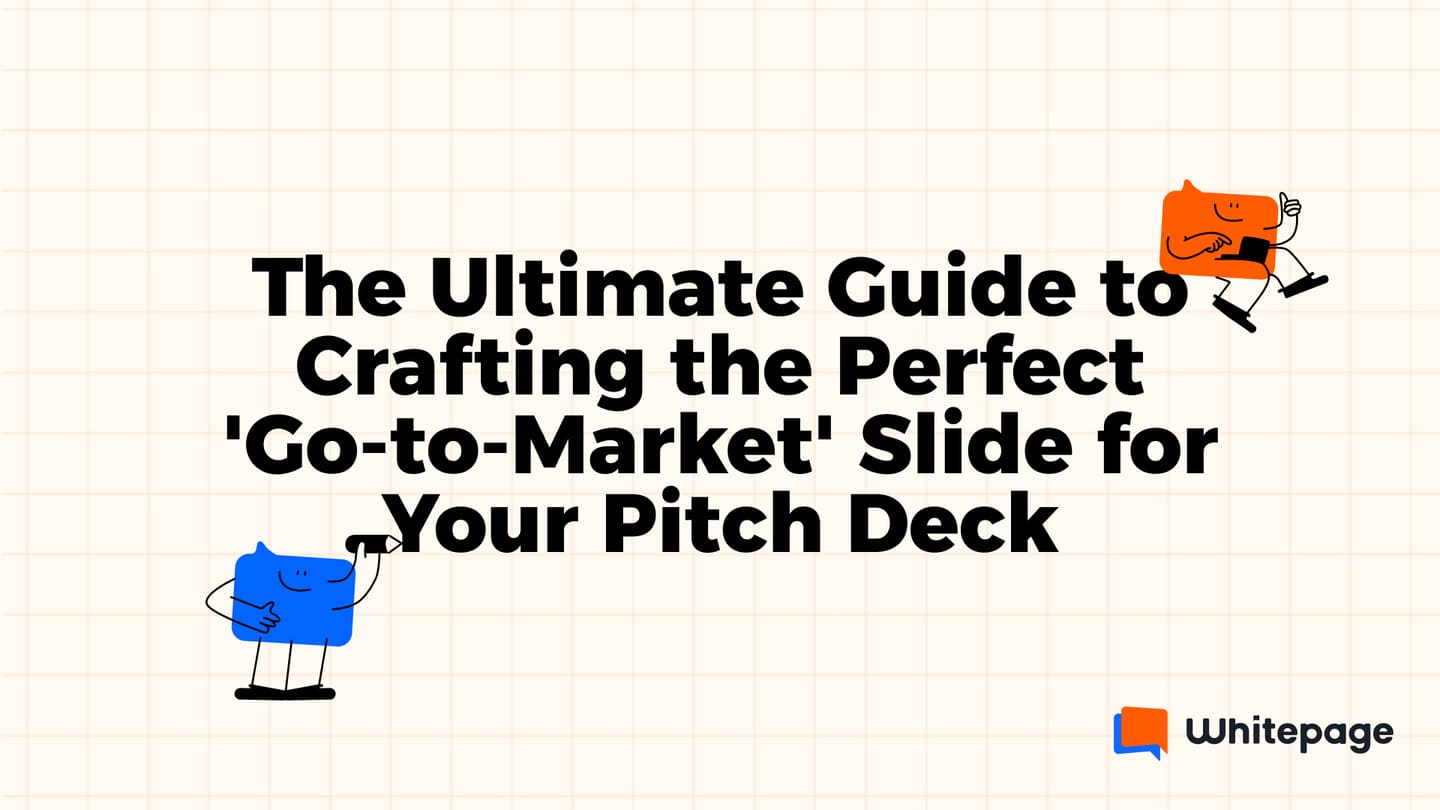
Unlock Your Business Potential with Professional Go-To-Market Slides
Did you know that around 30K of new products are launched into the market yearly? What's even more surprising is that almost 80% of them fail at one point or another. Surely, countless factors may contribute to such an outcome, but miscommunication of your marketing strategy is often pivotal.
The direct mission of a pitch deck is to briefly yet informatively present your marketing ideas, team, product potential, business value, and future goals to potential investors along with the target audience and partners, making them crave more.
The best go-to-market slides are usually the most critical components of a successful pitch deck. Each pitch deck market slide showcases your business approach toward a specific aspect of the marketing strategy and means of acquiring desired results.
Designing an impactful go-to-market slide takes time and effort. There's no doubt about it. However, Whitepage's presentation deck design services can make every step of your pitch deck journey count!
We've gathered all the critical information, practical tips, and potential errors for you to succeed with the task expertly. Hop on!
Understanding the Go-To-Market (GTM) Concept
Regardless of the type of business you run or the services you offer, a detailed outline of how you plan to make your dreams come true and provide sustainable ROI matters most.
Let's start with the basics, shall we?
What is a GTM strategy?
Harvard Business School describes a go-to-market strategy(GTM) as a precise roadmap to presenting your product and converting potential clients effectively and efficiently. Such a high-end definition only means that a well-developed strategy relies on different components. Each of them is equally important. We would name the distribution strategy, marketing strategy, and sales strategy among the essentials.
It is possible to describe a GTM strategy as a market landscape designed to help you outline the target audience with its pressing needs. It takes a proper approach to address them in a way that resonates with your buyer persona and drives the revenue up.
Why is it crucial for startups and businesses?
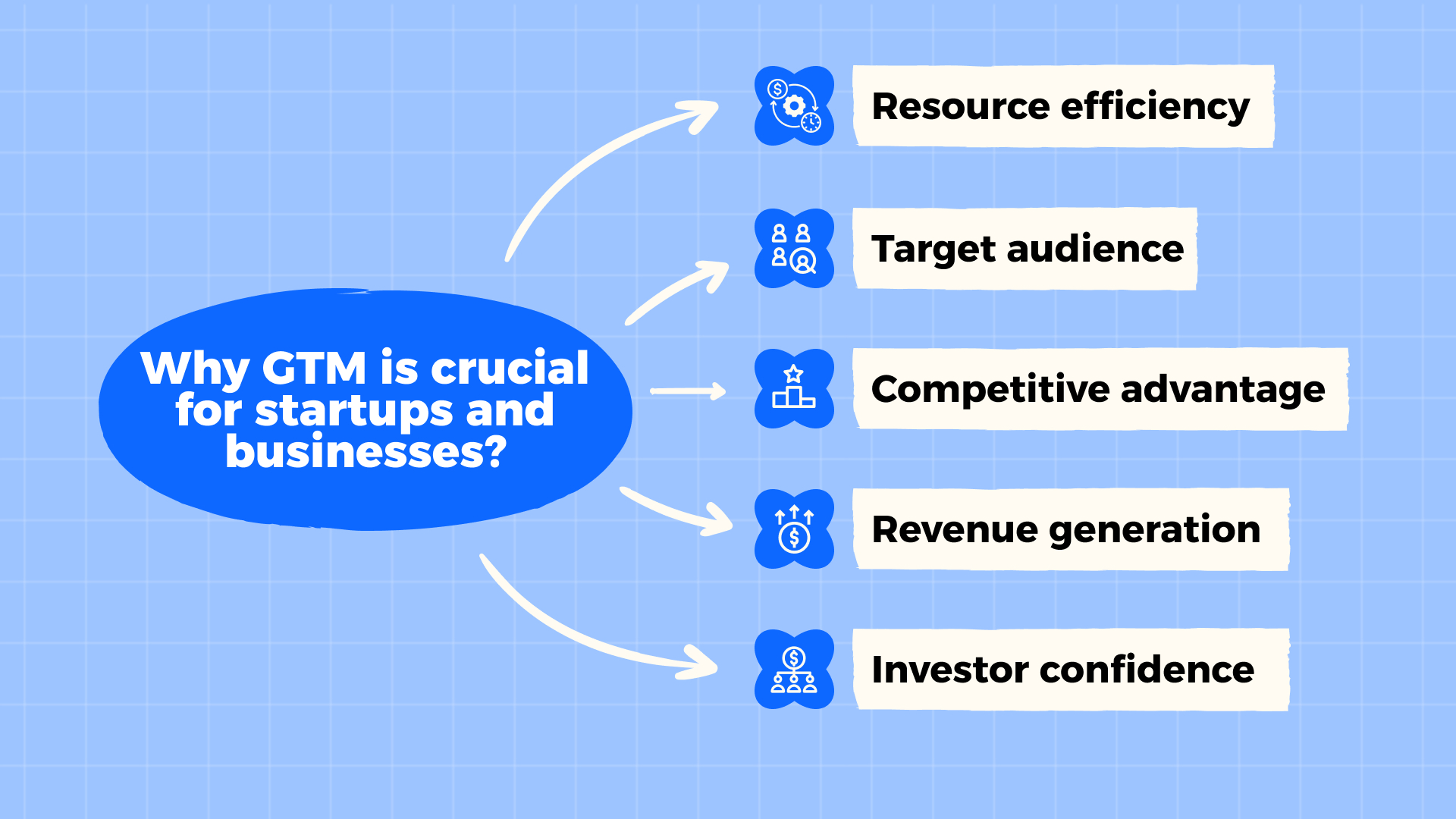
The best pitch deck examples prove that there's more than a single reason why a good GTM strategy is of vital importance for startups and businesses:
- Resource efficiency—it is not a secret that many businesses have a limited budget. With a professional strategy at hand, you can always distribute given means more effectively. As you shift the main focus to segments and strategies with the most promising potential, you will minimize resource waste.
- Target audience—you can figure out the best ways of reaching out to your potential clientele with a good strategy at hand. Thus, you will be able to speed up the conversion process along with the product adoption. For instance, recent stats show that present-day consumers respond 202% better to personalized CTAs. With that knowledge in mind and a well-designed strategy in the making, you can get ahead of the competition.
- Competitive advantage—you can evaluate the competitors using a quality GTM strategy. As you analyze their strong and weak points, you can create a product or service that stands out from the rest.
- Revenue generation—not everyone knows that a professional go-to-market strategy is vital when segmenting your target audience. The truth is that as you reach out to each segment with the proper offerings, you will spike the conversion, which consequently leads to a revenue boost.
- Investor confidence—a well-thought strategy shows potential investors that you know what you are doing and have a detailed plan to achieve every pre-set purpose and goal. A detailed layout of your goals and future actions will ignite the spark of confidence in your potential investors, which can become a roaring flame if tended to properly.
Keep in mind that a dedicated GTM strategy ensures sustainable growth, effective market adaptability, and scalability.
The Role of the GTM Slide in a Pitch Deck
The role of the Go-To-Market strategy slide can be table-turning, and not only when it comes to an effective sales slide deck. It usually contains all the necessary information to convince the stakeholders and potential investors of your project's viability and future success.
Positioning the GTM slide in the broader pitch deck narrative
Usually, a GTM slide provides valuable insights into how your business plans to engage with the current market, reach out to the target audience, and generate revenue. Often, such a slide will show the viewers that you are fully aware of the existing problem and have a ready-made solution at hand.
A simplified deck outline will help you visualize the whole picture clearly:
- Introduction
- Problem
- Solution
- GTM strategy slide
- Marketing opportunity
- Business model
- Product/Service
- Traction
- Team
- Pitch deck financials
- Investment
As you can see, the placement of the GTM slide is quite strategic since it allows the audience to recognize existing marketing needs and highlights how you plan to meet those needs effectively.
Convincing potential investors of your product's market viability
Reid Hoffman, the Co-founder of LinkedIn, once said: "…that was clearly a failure of doing all this work on a product and not developing a sound go-to-market strategy.", commenting on his early SocialNet project. This can only mean that no matter how great a product you come up with, all goes to waste if you can't present it correctly.
A convincing pitch deck Go-To-Market slide must contain up-to-date market research data, topped with a well-defined target audience, unique value proposition, realistic revenue projections, and a clear execution plan. Aside from that, you can drive viewer attention to such important metrics as scalability, competitive analysis, potential risks, and a long-term vision.
It goes without saying that a GTM slide that contains informative visuals, charts, and case studies makes the presented data more digestible and, thus, more persuasive.
Key Elements of an Effective GTM Slide

Each go-to-market pitch deck slide should be concise, informative, and visually appealing. Let's discuss 4 critical pillars that your Go-To-Market deck strategy should rely on.
Target Audience
Who is your service or product aimed at? It isn't enough to understand the field or niche that you belong to. Try to think like your potential clients think in order to succeed.
Defining your ideal customer profile.
Ideal Customer Profile(ICP) is one of the most important elements of your pitch deck GTM slide. The ICP highlights the type of user who would benefit from your services most. You can share the following criteria with the audience:
- Demographics
- User behavior
- Pain points
- Geolocation
Along with other essential metrics in your presentation.
Let's assume you run a software company specializing in project management tools. Your targeted ICP would be a mid-size business with 50-200 employees. As the targeted business struggles with effective work process organization, you suggest an effective and scalable solution in the form of your unique software.
The importance of market segmentation
Sometimes, the target audience your business covers is quite extensive. Market segmentation will help you divide it into smaller groups and attune a separate solution for each category. Smaller segments are more manageable. Thus, it is possible to develop a more personalized marketing strategy.
EXAMPLE:
A go-to-market slide example for a car manufacturer would feature different demographic segments. A family model would center around safety and space, while a young racing enthusiast would focus on style and speed capabilities instead. In either case, you promote the same company but trigger interest in opposite user groups.
Channels
While working on a compelling pitch deck target market slide, you must consider the channels your potential clientele may use to gain access to your services.
Overview of distribution and sales channels.
With an updated ICP at hand, it is easier to figure out which distribution channels can become the most useful. By distribution channels, we mean the pathways through which your product will be sold. There a few main types of distribution:
- Direct
- Indirect
- Hybrid
Try to present the viewers with your vision of how all the methods and intermediaries are involved in the sales process to secure undivided interest.
EXAMPLE:
An e-commerce business can exploit a multi-channel distribution approach. Including but not limited to online marketplaces, like Amazon, and offline distribution through physical stores.
The balance between online and offline channels.
Many businesses shift their focus to either online or offline distribution channels. We suggest that you seek a balance between the two. A perfect balance point between digital and physical distribution will help you meet the needs of either segment of your target audience.
EXAMPLE:
A successful and user-oriented present-day restaurant may feature a website and online form for take-outs along with dine-in offers. Such an approach suffices clients who don't want to cook at home and those who like to spend quality time out in a pleasant atmosphere with delicious cuisine.
Pricing Strategy
One of the best ways to come up with a successful pricing strategy is to involve your marketing and finance team in the process.
Determining your product's value proposition.
Since you present a unique offer, you have to emphasize how it solves any pressing matter and improves the day-to-day experience of your customers. If you start to work on your Unique Selling Point(USP) it will be much easier to showcase how you differ from the competition.
EXAMPLE:
Apple's iPhone will be a perfect example of how a unique value proposition pays off in real life. As the pricing for the devices is in the premium range, the high-quality hardware and software, user-friendly approach, and seamless ecosystem justify the cost.
Different pricing models and their implications
Before you start building various pricing models, you must gain an in-depth knowledge of your marketing niche, products, and services you present along with the existing competition. Remember that the cost of production, distribution, and storage is pivotal.
You should be able to differentiate between such pricing models as:
- Cost-plus pricing
- Value-based pricing
- Subscription pricing
Each model will have a separate effect on revenue, market positioning, and client expectations, which is why you should take time to highlight all potential implications.
EXAMPLE:
SaaS(Software as a Service) businesses often use subscription-based pricing. In such a way they ensure steady revenue, predictability, and regular updates for the user base. At the same time, various luxury brands opt for a value-based model because the higher cost usually stands for enhanced quality and, at times, unique offers.
Sales and Marketing Strategy
Success-oriented go-to-market strategy slides rely on a clear vision of marketing and sales strategies, especially how they complement one another.
How do you plan to attract and convert potential users/customers?
Depending on what you offer, your pitch deck customer acquisition slide should reflect where and how you plan to acquire your clients:
- Online acquisition—content and SEO, social media, Google ads, etc.
- Offline acquisition—print ads, events, mail, etc.
WhitePage experts stress that an effective marketing strategy usually covers such critical aspects as:
- Lead generation
- Positioning
- Branding
- Content marketing
Importance of synergy between sales and marketing efforts
A sales strategy is slightly different from marketing since it focuses on creating a plan to get the product to the consumer. Usually, a good sales plan relies on:
- Tools and resources
- Training and support
- Sales tactics
The two strategies should be in perfect sync with one another because when a marketing team starts to generate leads due to a well-developed campaign, the sales team steps in to promote the conversion. If there's any lack of communication or understanding between the two links of the same funnel – it will start to leak.
Design Tips for the GTM Slide
After you've learned about critical aspects that should be included in your Go-To-Market plan slide, making it visually appealing and easily perceptible is vital.
A few design tips that professional pitch deck consulting services use may help you succeed with the task.
Keeping it simple: The art of visual representation
Simplicity is crucial when it comes to visual representation. You don't want to overwhelm your viewers with excess loads of information. Stick to the formula – one slide for one topic. Choose clean, visually appealing, and uncluttered layouts to keep the focus on the matter rather than on the visual representation of the discussed concept. Use concise visuals to support your story and develop strategy.
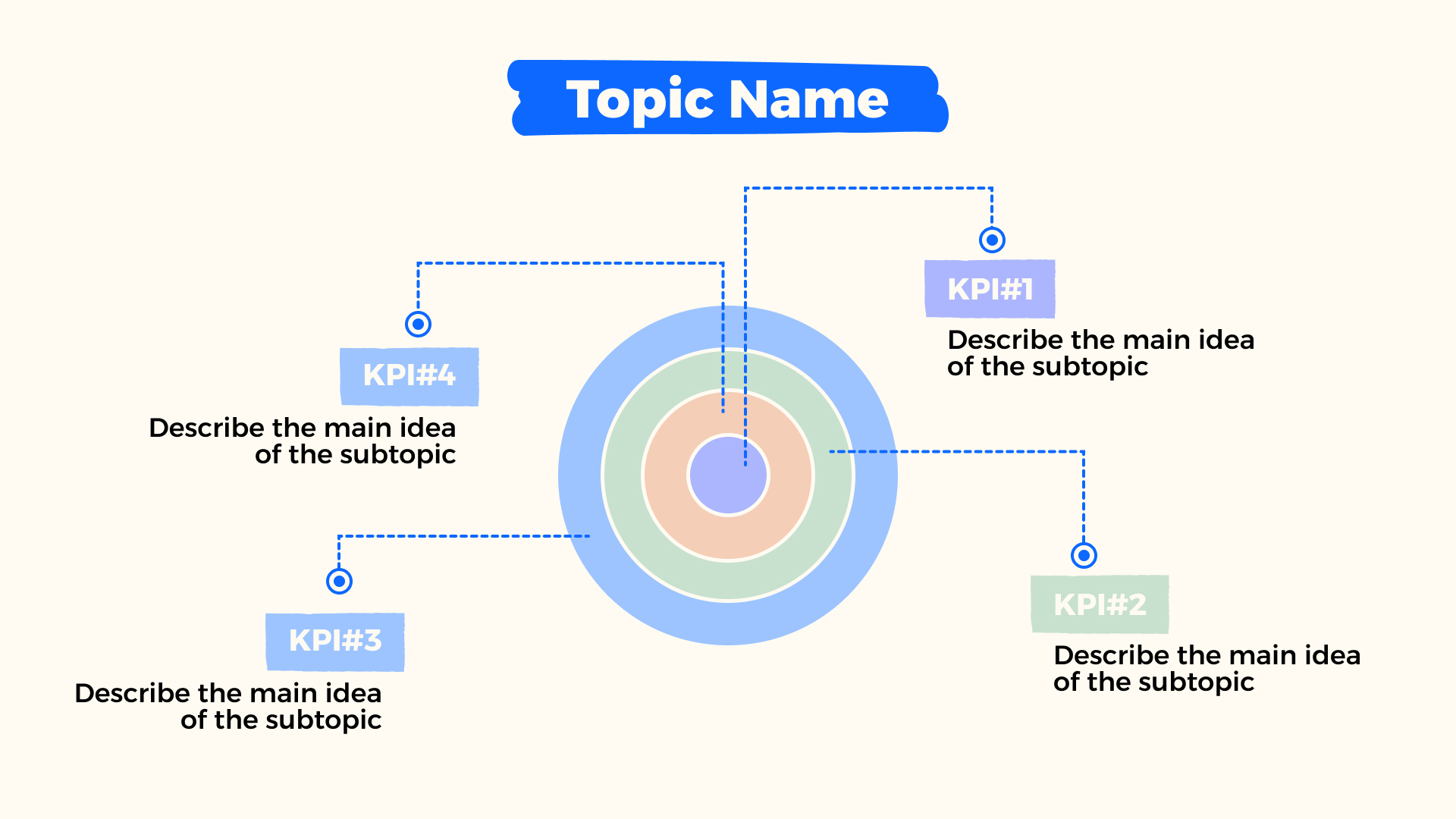
Pay attention to such practical tools as
Canva (free and paid) – a user-friendly app with various templates and practical design elements.
Venngage(Free and Paid) – an excellent tool for creating professional infographics and visuals.
Utilizing graphs and charts to represent data effectively
Every pitch deck go-to-market strategy relies on various types of relevant data. However, not all the information can be presented in the form of text or informative visuals. Sometimes, it is best to highlight the depths of your research through graphs and charts, which are ideal for statistical data. For example, you can showcase market segmentation based on demographics with a pie chart.
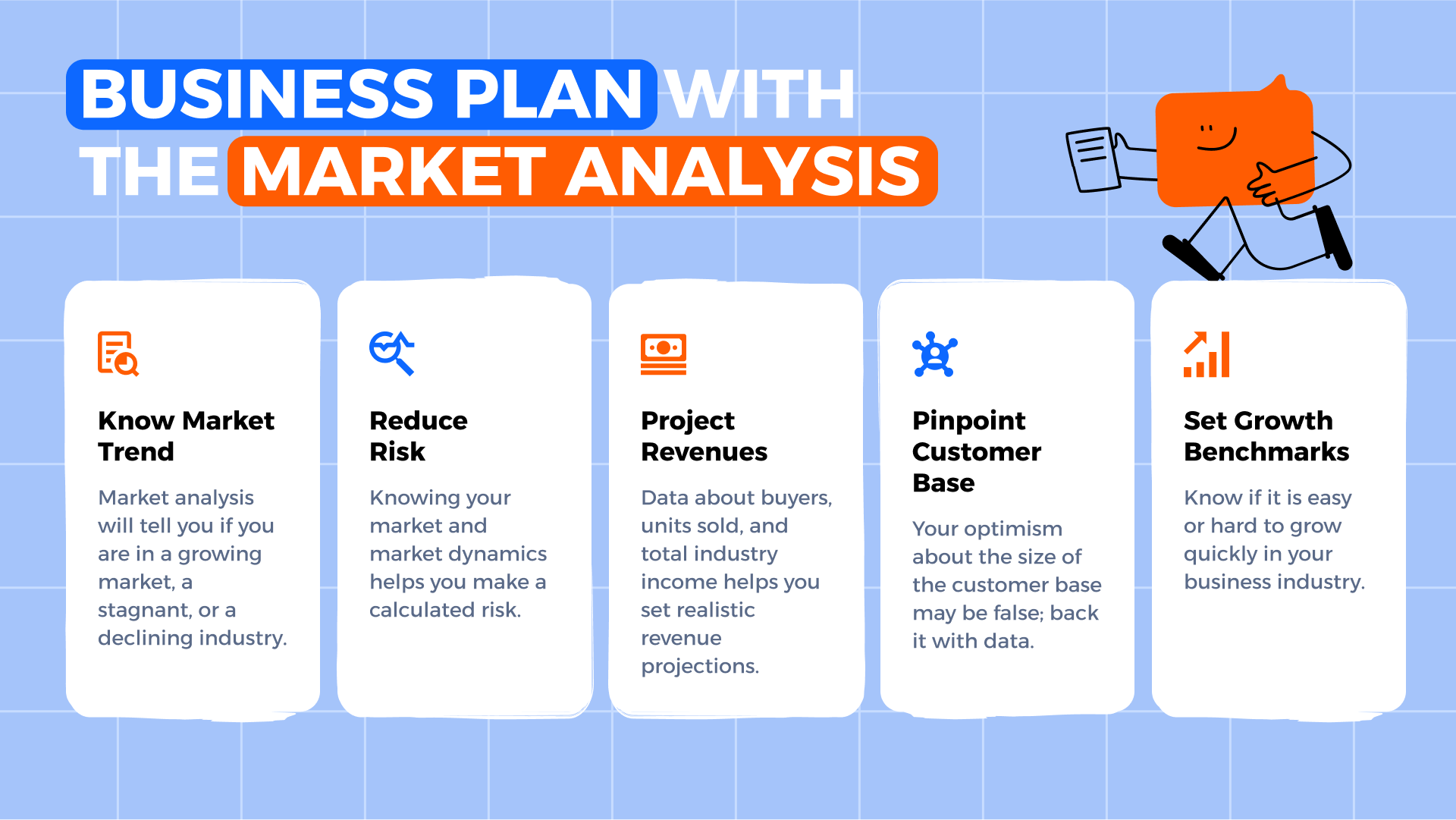
Microsoft Excel(Free and paid) – is a handy tool for creating Excel charts and importing them into your slides.
Tableau Public(free) – a reliable and powerful tool for creating complex data presentations.
Consistency in fonts, colors, and themes
Eliminating every potential distraction from your GTM deck slides is critical. Inconsistency in fonts, colors, and themes may serve as that distraction. Thus, you should try to align the font with the headings and body text and stick to the color palette that corresponds with your brand or general presentation color theme. The same goes for the overall presentation style.
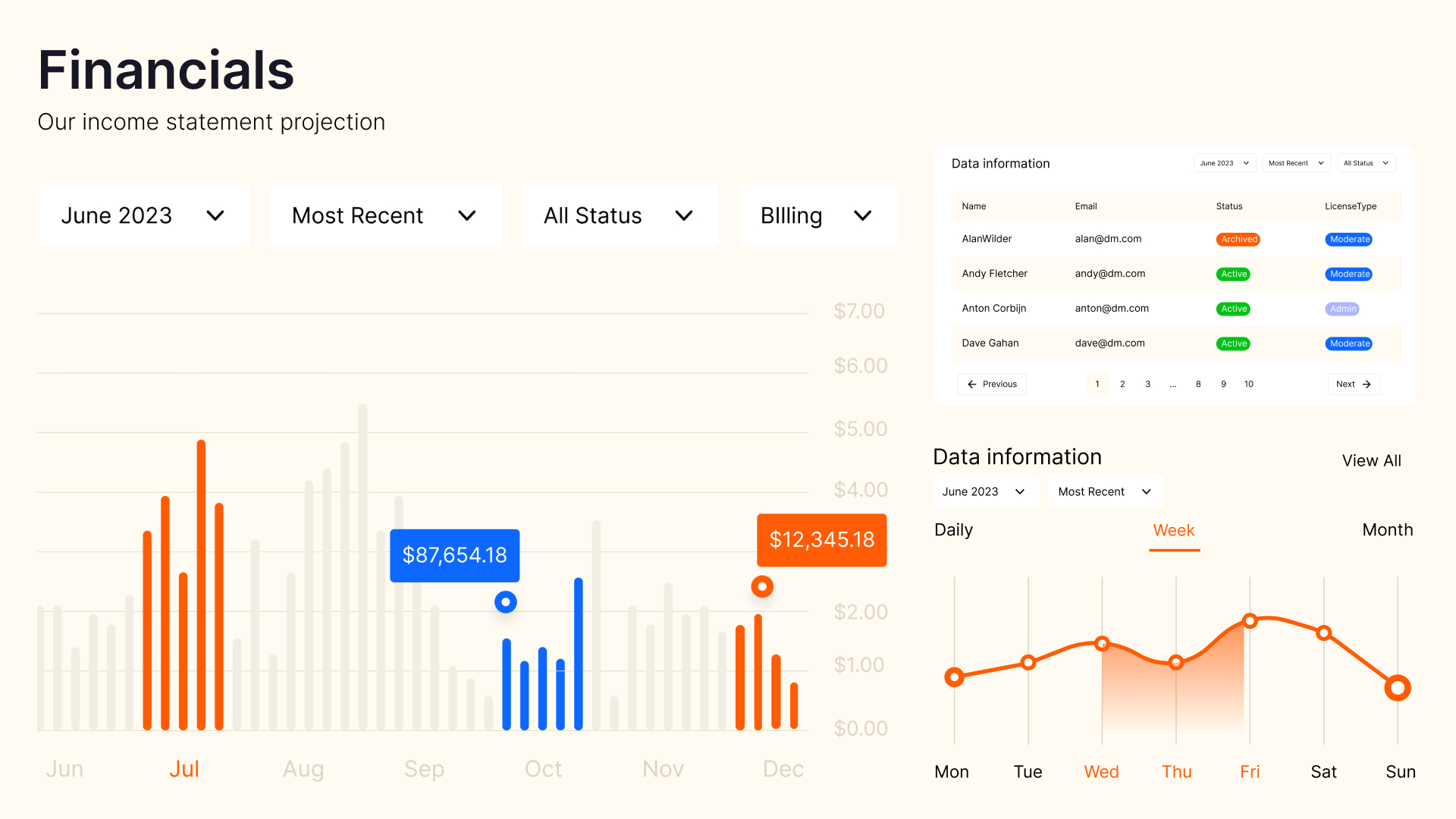
Adobe Color Wheel(free) – a perfect tool to create well-balanced color schemes consistent with your brand identity.km
Google Fonts(free) – a great collection of fonts to preserve consistency throughout your presentation.
Tools and software recommendations for creating a visually appealing GTM slide
These days, countless dedicated tools and software are developed to help you create informative and visually appealing slides and presentations. For instance:
Common Mistakes to Avoid
For your pitch deck go-to-market strategy slide to carry as much informative value as possible, there are certain areas, or mistakes, to keep away from.
Overloading the slide with too much information
With all the critical aspects that a GTM slide must contain, it is easy to step over the line and crowd your slide with excessive data. The range of information squeezed into a single slide may overwhelm the viewers and distract them from the critical message you aim to deliver.
The best way to avoid such an outcome is to reduce the amount of content with the help of bullet points, visual aids, and clear headings.
Poor example: cluttered

Good example: simplified, concise, and visually appealing
Neglecting to address potential risks or competition.
Despite how flawless your pitch deck go-to-market plan may be, you should not rule out potential risks and existing or upcoming competition. An overly optimistic GTM strategy may raise suspicion, and you don't want to go that path, especially if future investments are at stake.
It is advised to acknowledge potential issues and ways of overcoming them. You may even briefly focus on the competitive field and stress how your strategy opposes that of the competitors.
Being vague about the target audience and marketing strategies
Suppose you fail to define your target audience and your marketing strategy clearly. In that case, such Go-To-Market slide examples may leave the viewers unconvinced and uncertain about the whole potential of the approach.
An effective way to rule out such errors is to fill your slides with specific information such as demographics, behavior, needs, pain points, and other metrics that can be applied to your clientele.
Along with the target audience, you should highlight our marketing tactics and provide the channels you will use to attract and convert new clients, along with boosting future sales and income.
Real-life Examples of Effective GTM Slides
It is always good to back up a theory with a practical representation of the shared information. Let's review a couple of real-life GTM slides to see how they work in real life.
Analysis of a few real-life pitch deck GTM slides that made an impact
Slack
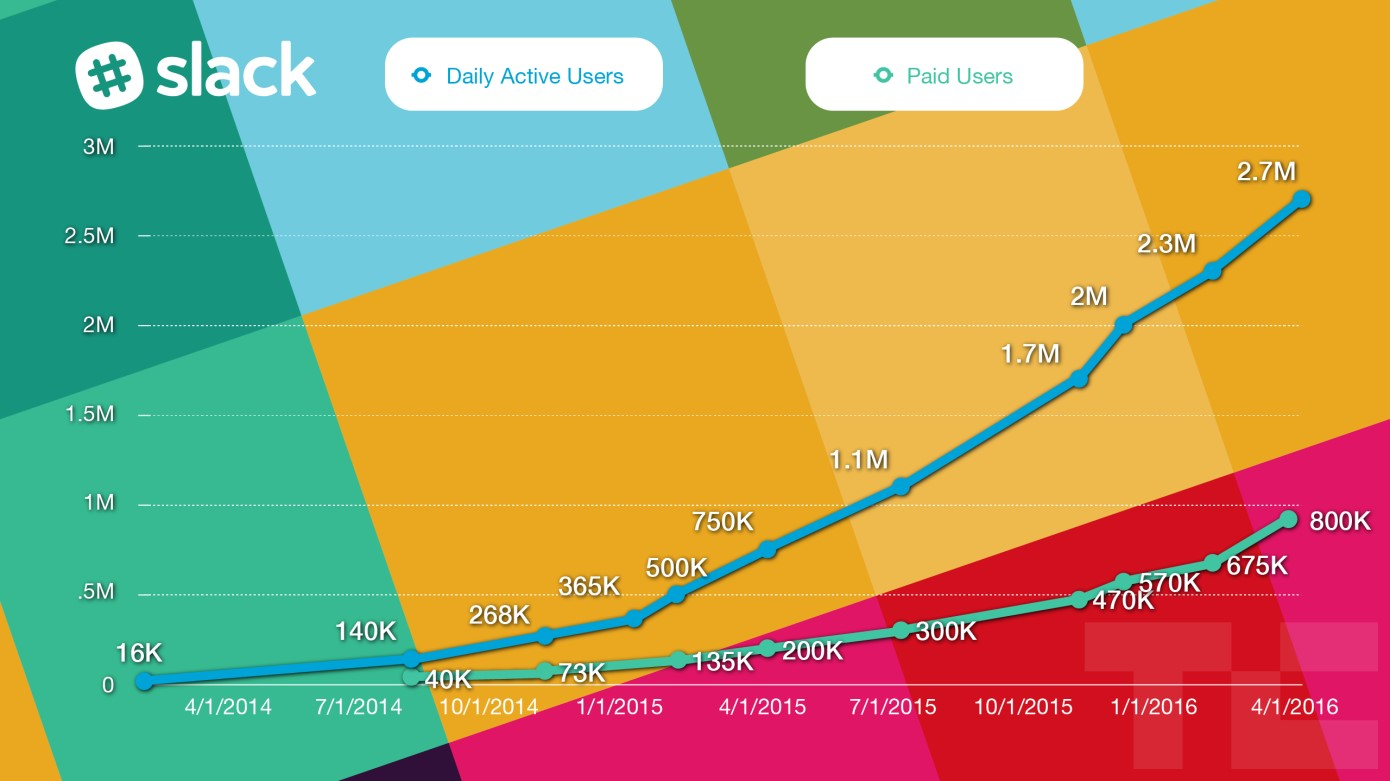
This example of a pitch deck go-to-market slide designed and used by Slack showcases user acquisition growth, highlighting a few essential points that make such a presentation effective. It is concise and filled with precise and easy-to-grasp information. Moreover, the font and color correlation is consistent with the brand, making it hard to mistake for any other presentation.
Airbnb

Airbnb chose to focus on market adoption instead. While the visual representation may be basic, it reflects all the critical metrics viewers should grasp. There are no unnecessary distractions to clutter the layout. Fonts and the theme are in perfect sync with one another.
What made them stand out, and what lessons to learn?
At first glance, both slides are entirely different, and there's barely a few-point lesson to be learned. However, either slide showcases the importance of:
- Clarity
- Visual appeal
- Simplicity
- Alignment
- Strategic focus
- Data support
- Core values
Conclusion
A well-designed GTM slide can reflect the essence of your pitch deck marketing strategy. With the help of a dedicated Go-To-Market slide, you can highlight the unparalleled uniqueness of your product and its marketing success.
As you visualize the marketing journey of your product, you will convince the viewers that your project is worth investing in, let alone that it will change the lives of the consumers for the better in no time.
Don't forget that investing in individual GTM strategies goes beyond a well-designed presentation. It embraces your business vision, goals, perspectives, and your commitment to success. A timely GTM presentation can become your guiding start toward the land of marketing opportunities.
Contact us to use your chances well!
Talk to a presentation design expert now!
Let's Talk
FAQ

Read more



.avif)

.webp)
.webp)




































